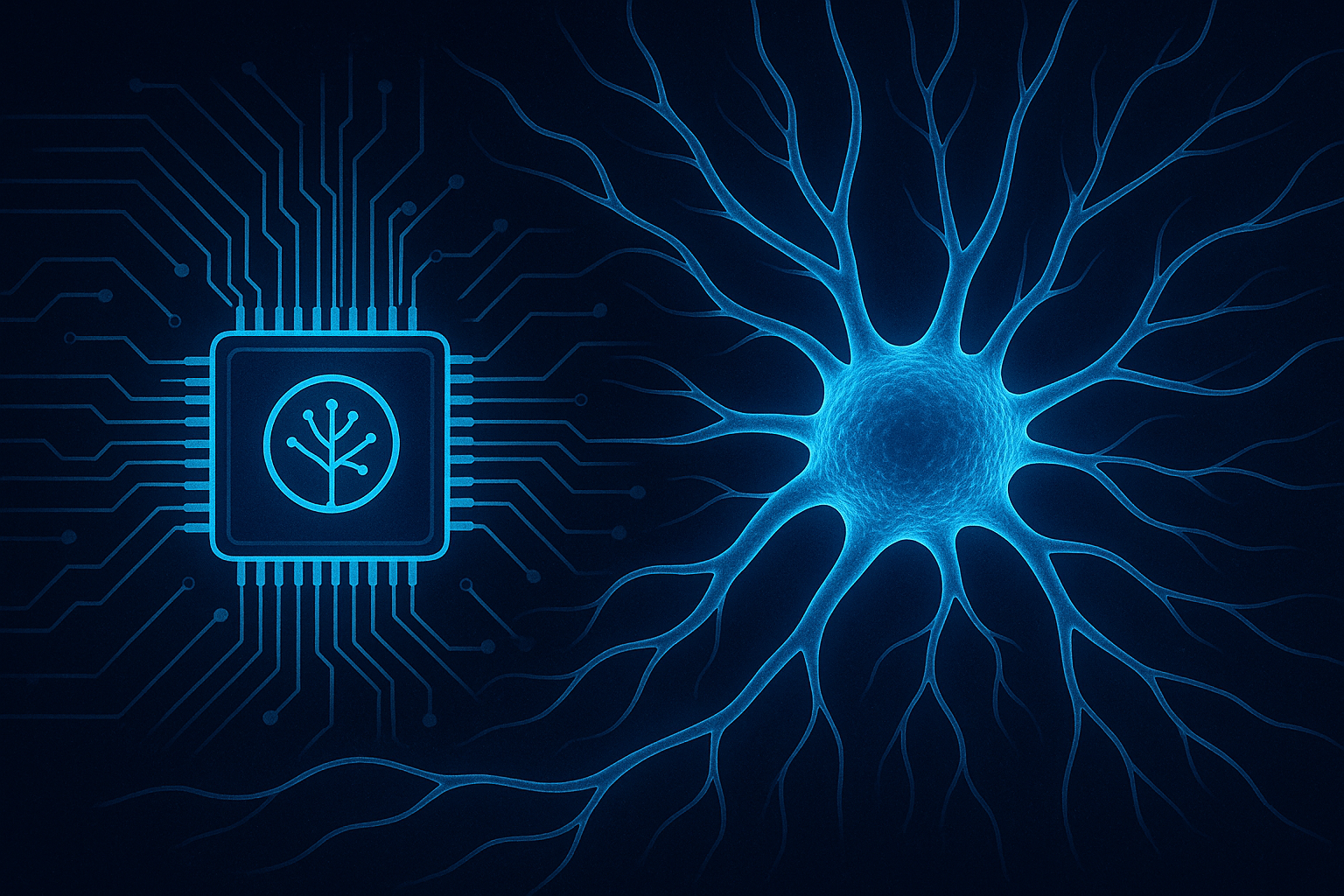
Artificial Neurons: The Future of Brain-Like AI Hardware
Artificial neurons are revolutionizing the way we design computers by imitating the electrochemical processes of real brain cells. Scientists at the USC Viterbi School of Engineering have developed neuron-like devices that replicate the actual behavior of biological neurons, marking a major step forward in neuromorphic computing and sustainable artificial intelligence.
A New Era in Brain-Inspired Technology
Unlike traditional digital processors that rely solely on electrons, these artificial neurons use ion movement to transmit and process information. This approach mimics how biological neurons exchange electrical and chemical signals across synapses, creating a form of computation that is both faster and more efficient.
The new device, called a diffusive memristor, allows signals to move through silver ions, recreating how potassium and sodium ions behave in real neurons. This hardware innovation enables direct, energy-efficient learning, a capability that could one day support artificial general intelligence (AGI).
How Ion Dynamics Make AI Smarter
The human brain operates with exceptional efficiency, consuming only about 20 watts of power while managing billions of neurons. In contrast, today’s AI systems require vast computational resources. By leveraging ion-based signaling, artificial neurons can achieve similar cognitive processing using far less energy.
Professor Joshua Yang, who led the research, explains that electrons move quickly but lack the adaptability of ions. “Our brain learns by moving ions, not electrons,” he notes. This biological principle inspired the team to use silver ions to emulate brain dynamics within nanoscale circuits.
Smaller, Smarter, and More Sustainable Chips
Each of these neurons occupies the same space as a single transistor — far smaller than previous designs that required dozens or even hundreds. This compactness could shrink chip sizes dramatically, reduce power consumption, and make AI hardware far more sustainable.
In practical terms, this means future smartphones and AI devices could perform advanced computations while consuming only a fraction of today’s energy levels. The goal is to build systems that learn, adapt, and think more like the human brain.
The Promise of Neuromorphic Computing
Neuromorphic computing, powered by artificial neurons, represents a paradigm shift from traditional computing. Instead of running mathematical models that simulate thought, future processors may embody the physical mechanisms of thinking itself. This not only enhances efficiency but could also reveal new insights into how biological intelligence emerges.
Yang’s team plans to integrate larger networks of artificial synapses and neurons to explore how closely they can replicate real cognitive functions. The next phase will test how these systems handle learning, memory, and adaptive reasoning, the core foundations of true machine intelligence.
The Bottom Line
The development of artificial neurons bridges the gap between biology and technology. By replicating the chemistry and dynamics of the brain in hardware form, scientists are building the foundation for AI systems that are not only powerful but also energy-efficient and sustainable.
As the field advances, these neuron-based chips could transform computing forever, offering machines that learn like humans, think faster than silicon and consume a fraction of the power.
Also read: Grant Writing for Researchers: How to Stay Focused on Your Research.






